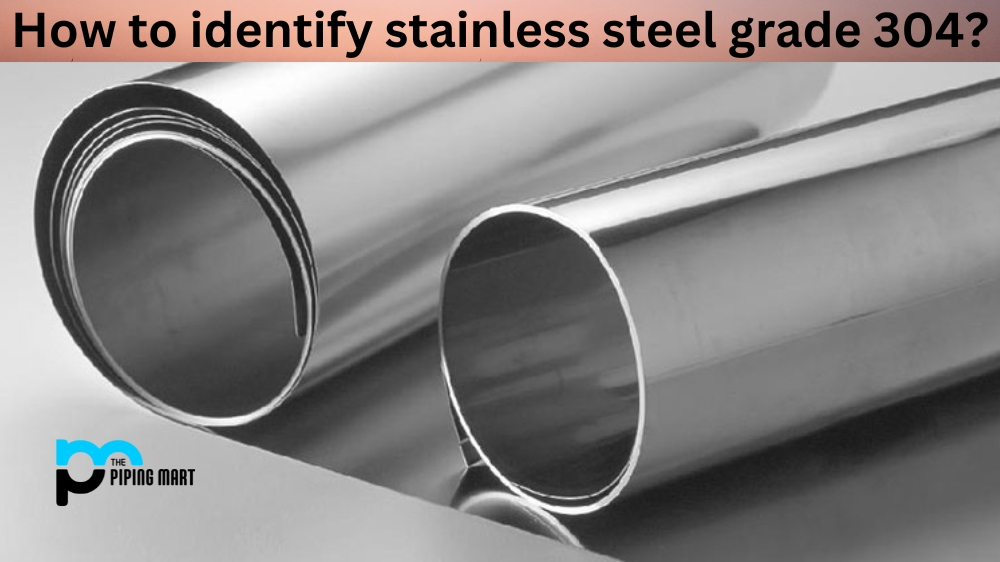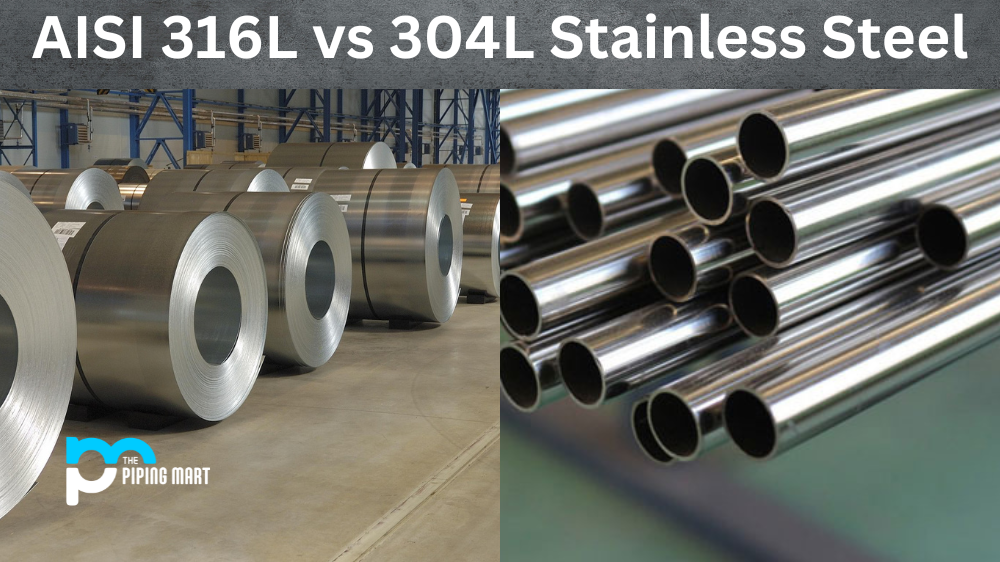Stainless steel is a widely used material in many industries. It is especially popular due to its resistance to corrosion and heat, making it versatile and able to withstand various environments. But stainless steel comes in different grades, so how do you know which one you are dealing with? Here we will discuss the process of identifying grade 304 stainless steel.
Grade 304 stainless steel is composed of 18% chromium and 8% nickel. This particular grade is the most commonly used out of all stainless steel, making it ideal for many applications. In order to identify grade 304 stainless steel specifically, you can use a few different methods.
The first method is by using a magnet test. Since grade 304 stainless steel has some magnetic properties, it should be attracted to a magnet if placed near one. However, this test alone may not be enough to determine if the material is grade 304 or another type of stainless steel because other types may also respond slightly to a magnet. To supplement the magnet test, you can also use an acid test or spectrometer analysis.
An acid test requires you to put a drop of sulfuric acid onto the surface of the metal sample in question; if the sample turns black after this test, then it is not grade 304 stainless steel but rather another type of alloy, such as ferritic or martensitic stainless steel. Another way to identify grade 304 stainless steel without damaging the sample is through spectrometer analysis, which uses X-ray fluorescence (XRF) technology to analyze the chemical composition of a material without destroying it. By comparing the results from an XRF report with known data about grade 304 stainless steel’s chemical composition, one can easily determine if their sample is indeed grade 304 or not.
Conclusion:
In conclusion, determining whether or not your material contains grade 304 stainless steel is important for many applications across multiple industries since it has better corrosion and heat resistance than other types of alloys when exposed to certain conditions. The best way to identify this specific type of alloy would be through benchmarking against known data on its chemical composition obtained from spectrometer analysis (XRF). Additionally, other tests such as magnet testing and sulfuric acid testing may help narrow down what type of alloy your material contains but should be used with caution since they could potentially damage your sample in the process. For more information on identifying different grades of stainless steel, please contact an expert in materials engineering today!
Meet Heer, a dynamic and driven writer learning tricks of her trade in the metal industry. With a background in Digital Marketing, Heer brings a unique perspective to her writing, sharing valuable insights. Apart from blogging she like reading and hiking.




